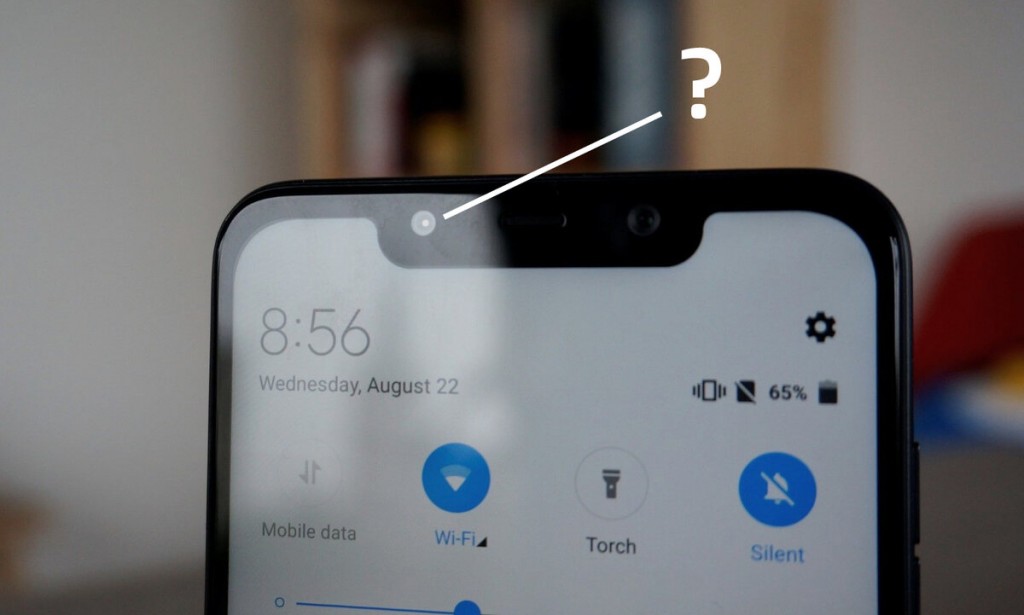What is the proximity sensor?
The proximity sensor is a miniature smartphone part located at the top of the screen. All modern phones are equipped with it. The main task of the proximity sensor is to determine where the object is in front of the screen - far away or close.
The object can be a hand or face of the person, as well as any other objects. If you bring them close to the sensor, it will react and turn off the display (during a conversation). As soon as the object is further away from the screen, the display turns on again automatically.
Additional features of the proximity sensor
1. battery power conservation is one of the Proximity Sensor's main features, which it was designed for. During a call, the sensor detects that there is an object nearby. In this case, it's a person's cheek and ear. Detecting this, the sensor turns off the screen until the phone conversation is over and the owner does not remove the face from the mobile device. This saves battery power.
2. Protection against accidental tapping during a call. Another important function of the proximity sensor is to prevent the owner's cheek or ear from accidentally tapping on the phone. The display stops being active as soon as the user brings the phone close to their face.
3. Pocket Mode - A handy phone feature called "pocket mode" also works with the proximity sensor. As soon as the owner puts the mobile device in his pocket, the sensor reacts to the fabric of his clothes and automatically deactivates the smartphone screen. Thus, the user will not be able to accidentally press the display when the phone is in a pocket or in a bag.
4. Volume Control. Many smartphones support the option to adjust the volume using the proximity sensor data. The desired volume level is set depending on how far away the owner's hand or ear is from the top of their phone. This feature is useful during a phone call, as it helps you automatically adjust the volume of the person you are talking to.
5. Built-in gestures. Special gestures have been created for more convenient and faster use of the phone. They help to perform any action, such as activation of the phone screen, with one hand movement. A proximity sensor is directly involved. It recognizes the gesture and then performs the action associated with the gesture, such as turning off the alarm clock. You don't have to press a button to perform a simple gesture - just move your hand over the phone and the proximity sensor instantly reads the gesture.


You must be logged in to post a comment.